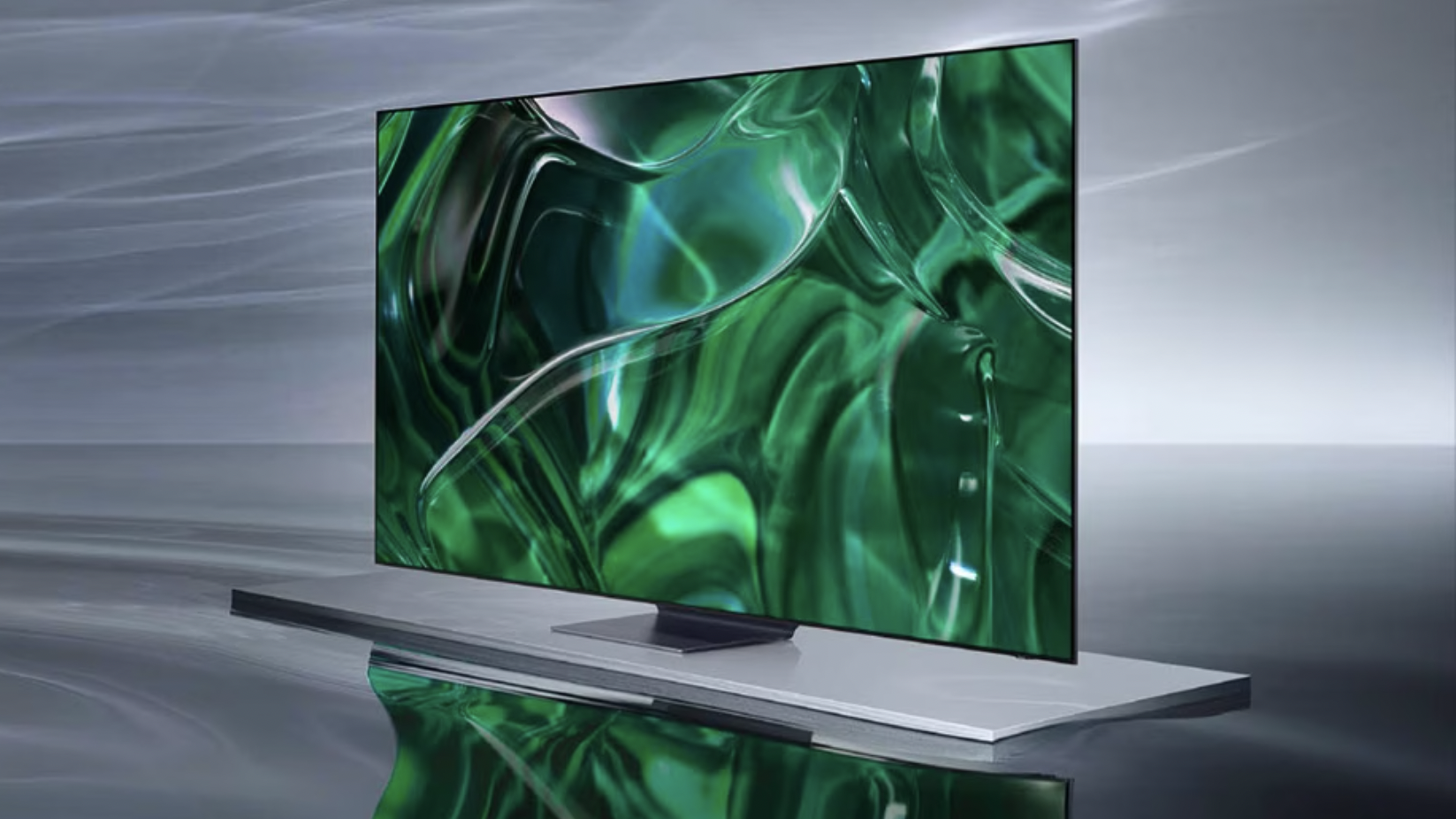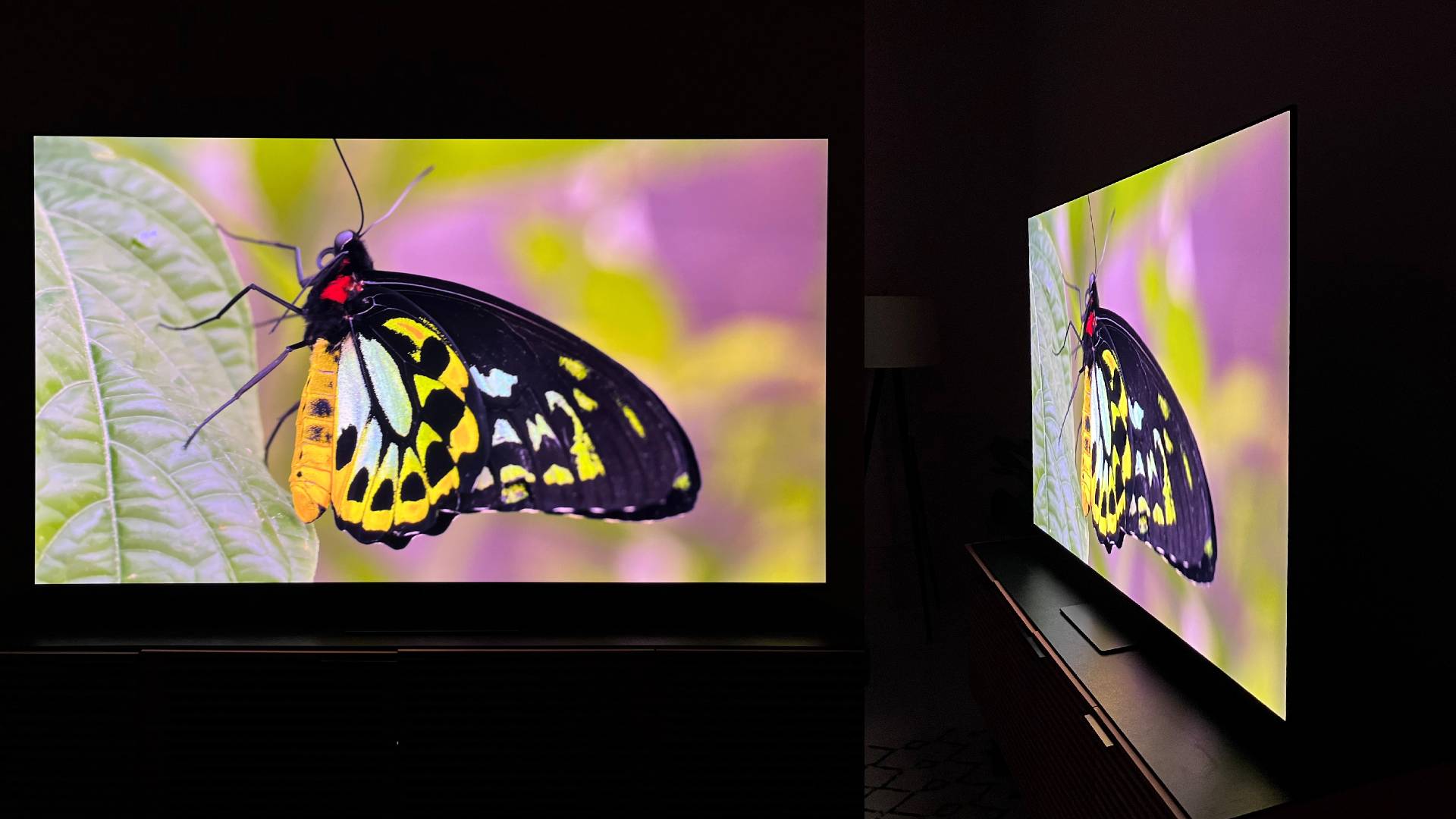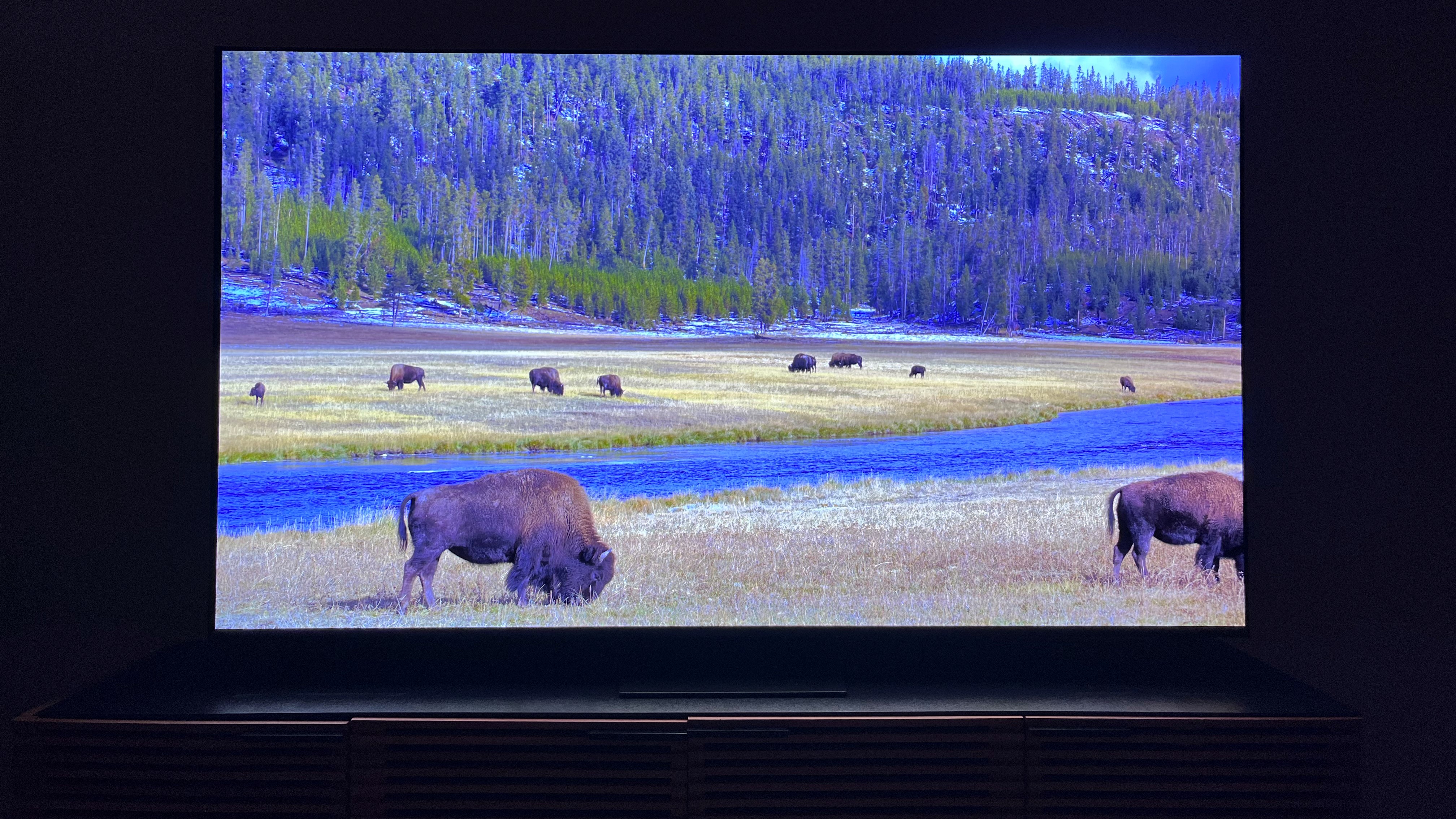
During the testing for our Samsung S95C review – our first in-depth look at the second-generation OLED panel with quantum dots (aka QD-OLED) – two things became blindingly obvious.
First: it’s an incredible TV that more than confirms that QD-OLED technology is the real deal. Second: it achieves a level of improvement over QD-OLED’s 2022 debut that we wouldn’t have believed possible in the space of a single generation.
This is great news for those us looking to buy one of the best TVs, of course. But it also raises a question: How exactly has such an improvement being achieved?
The search for answers begins with Samsung Display, the part of Samsung’s multi-company empire that manufactures the QD-OLED panels that go into all of the QD-OLED TVs we’re getting from Samsung Electronics and Sony.
Samsung Display’s efforts have been key to the S95C’s most significant single improvement over last year’s Samsung S95B QD-OLED debutante: A brightness increase of more than 30%. This is a colossal leap in the context of the best OLED TVs, where annual brightness progressions are usually measured in tens rather than hundreds of nits – and it’s enough to both transform the S95C’s handling of high dynamic range content, and help it take chunks out of the traditional argument that premium LCD TVs are better than OLEDs for bright rooms.
Hyped for HyperEfficiency
The biggest contributor to the S95Cs’ brightness bounty is a new ‘HyperEfficient EL’ system. This refers to improvements to the QD-OLED panel’s electron transport layer that minimize light absorption (so that less light is ‘lost’ in the journey from the light diode to the screen) and boost light resonance. This advance delivers its contribution to the S95C’s brightness increase, moreover, by simply improving the screen’s efficiency, rather than requiring the panel to burn more energy or put more strain on its organic elements.
Samsung Display’s second major advance for its 2023 QD-OLED panels introduces a new display-driving algorithm called IntelliSense AI Gen 2 that can predict and monitor the performance of each and every pixel in the screen in real time, and then use that information to both optimize the way each pixel looks and spot and correct any abnormalities.

As well as improving picture quality, Samsung Display claims that the IntelliSense system helps extend the S95C’s lifespan, making it around twice as ‘durable’ as its predecessor. This likely means that there’s an element of the IntelliSense AI Gen 2 system that’s focussed on combating permanent image retention – perhaps by detecting and ‘handling’ bright static image elements, perhaps by either dimming them or use subtle shifting techniques to ensure that they don't hit any one pixel too hard.
It’s worth recalling at this point that the big tech selling point of QD-OLED technology – indeed, the main reason Samsung Electronics claims for deciding to return to the OLED TV fray – is that it creates colors using a pure RGB system, without the additional, potentially color-polluting white component used in LG Display’s WRGB panels that appear in the likes of the LG C3 and LG G3.
So the extra brightness unlocked in the S95C should feed in to more genuine color volume – something that seems borne out by how flat-out spectacular the S95C’s pictures looked during our tests. Especially with the extreme visuals you get from some of today’s HDR games.
Nicely neural
Samsung Electronics’ (the part of the company that puts the panels into actual TVs) main contribution to the S95C on top of the Samsung Display hardware improvements comes from the latest version of its Neural Quantum 4K TV processor. This delivers upgrades in a number of key processing areas that take fuller advantage of QD-OLED’s innate talents.
For starters, it increases the number of neural networks used in assembling the knowledge it applies to identifying and optimising picture sources to 20. This makes it much more efficient at getting the best in real time out of really any source – though it’s particularly effective at upscaling HD sources to 4K. The new processor is so much smarter about distinguishing between video noise and true picture information when figuring out how to add millions of pixels to HD and even SD sources.

The new processor also introduces perceptual color mapping, which Samsung says is designed to express colours in a way that’s more in tune with how your eyes see the real world, as well as real depth enhancement, which looks for different objects in the image, works out their relative weight and depth, and subtly manipulates their appearance to enhance the image’s sense of depth. Again, based on the way our eyes perceive the real world, or so Samsung says.
Most TV brands, of course, make grand claims for their video processing systems if given the opportunity. Samsung’s Neural Quantum 4K processor, though, actually seem to work. Aside from, perhaps, questioning how close the S95C’s images truly get to matching the three-dimensional way your eyes ‘see’ the real world, there’s no doubt that the S95C’s pictures enjoy more refinement than those of its 2022 QD-OLED predecessor in just about every way, from color to contrast, and from noise management to detail.
As it’s turned out, the equally remarkable improvements new Micro Lens Array technology has brought to the WRGB world have made 2023’s big QD-OLED advances absolutely necessary, sparking a rivalry that’s happily made 2023 already an absolute vintage year for home entertainment fans. The only catch with QD-OLED and MLA OLED both improving so much for 2023 is that it means we’ll now need to turn our eyes to 2024 to for clearer signs of which screen tech is best positioned to keep the improvements coming. Either way, anyone looking to buy one of the best 4K TVs in the next few years is going to be the winner.
!["[T]he First and Fifth Amendments Require ICE to Provide Information About the Whereabouts of a Detained Person"](https://images.inkl.com/s3/publisher/cover/212/reason-cover.png?w=600)






